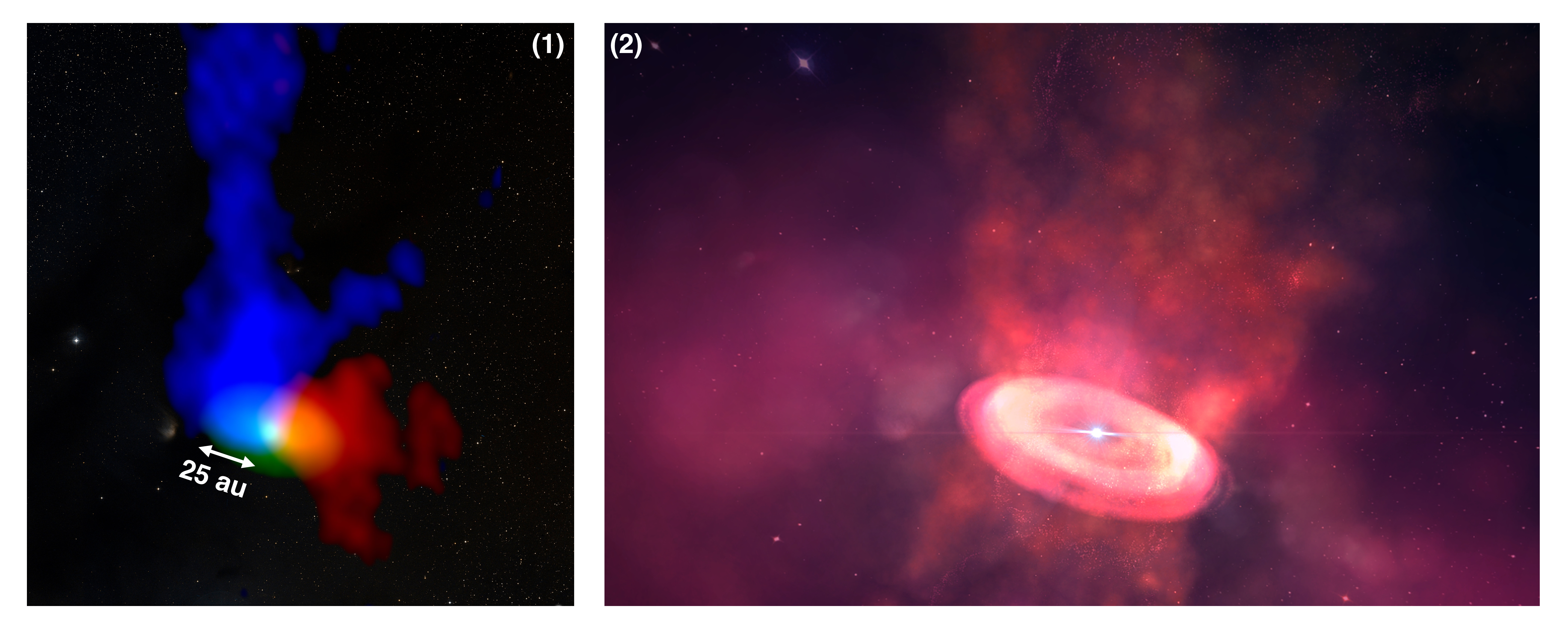 © (1) Per Bjerkeli and co-authors, as well as ESASky (European Space Astronomy Centre; ESAC, Madrid, Spain). (2) Per Bjerkeli and co-authors.
© (1) Per Bjerkeli and co-authors, as well as ESASky (European Space Astronomy Centre; ESAC, Madrid, Spain). (2) Per Bjerkeli and co-authors.
An international team of astronomers, led by Per Bjerkeli (Copenhagen University) and Matthijs van der Wiel (ASTRON), have used ALMA in its most extended configuration with the aim of resolving the launching region of a rotating molecular outflow. The CO images of the protostar TMC1A, with a resolution of 0.04 arcsec (6 au at 140 parsec distance), are presented in a Letter appearing in this week's issue of Nature: Bjerkeli, Van der Wiel, et al. (2016). These data provide the first direct evidence that a protostellar outflow is launched from an extended region in the circumstellar disk. The launching region extends up to 25 au from the central protostar. The outflow is seen to corotate with the disk from which it is launched.
Images: (1) ALMA observations of the TMC1A protostellar system showing how the outflow is lifted from the disk. Green color scale: dust continuum emission at 1.3mm, emanating from the disk. Blue and red colors denote, respectively, blue- and redshifted CO J=2-1 emission emanating from the outflow. The redshifted side of the rotating outflow is partly masked out by a combination of projection effects and self-absorption. (2) Artist impression of the disk wind launching the protostellar outflow. An animated version of this image is available.
 © ASTRON
© ASTRON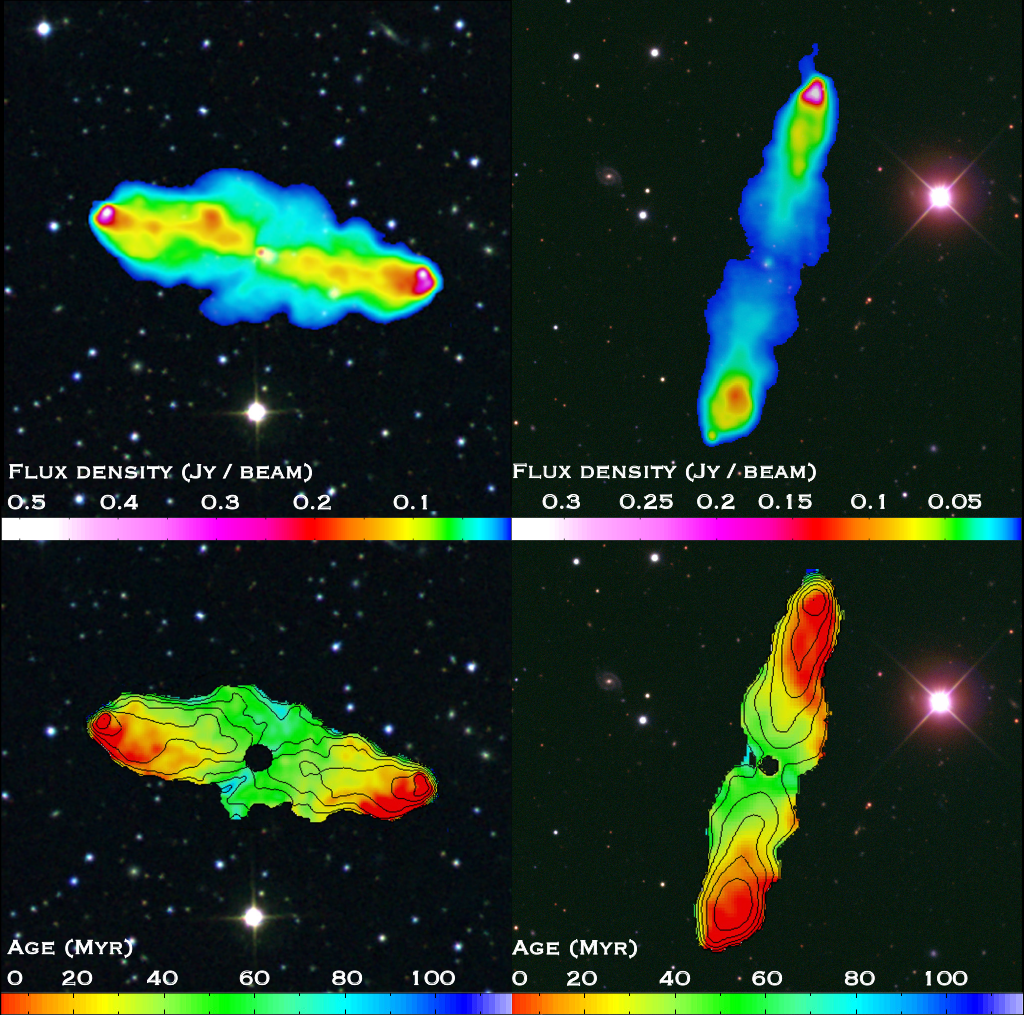 © Jeremy Harwood
© Jeremy Harwood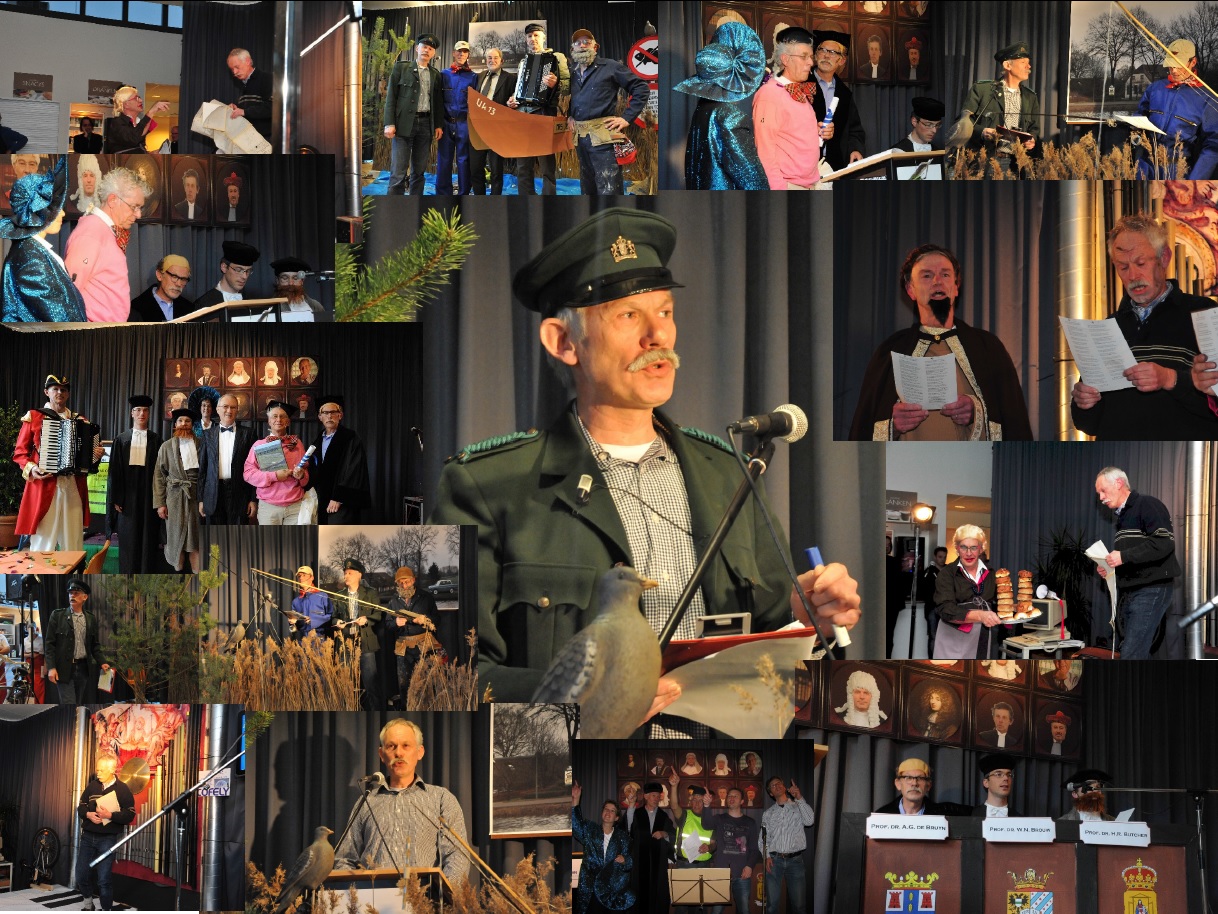 © ASTRON
© ASTRON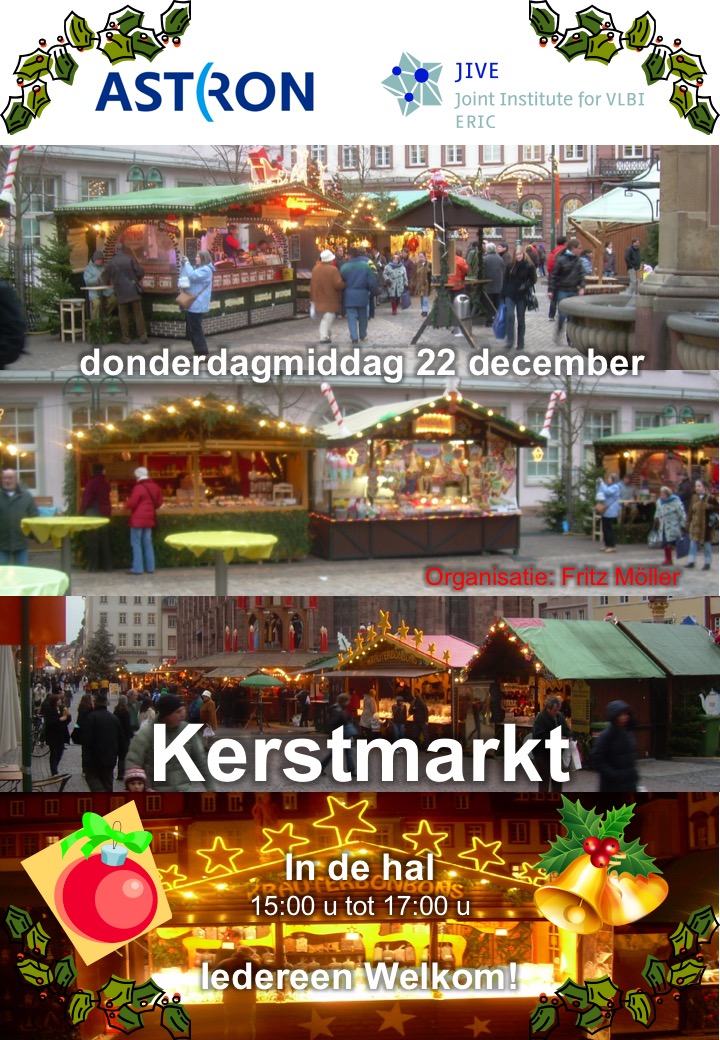 © ASTRON / Hiddo Hanenburg
© ASTRON / Hiddo Hanenburg © ASTRON
© ASTRON © JIVE
© JIVE © Leidraad
© Leidraad © R.H. van den Brink
© R.H. van den Brink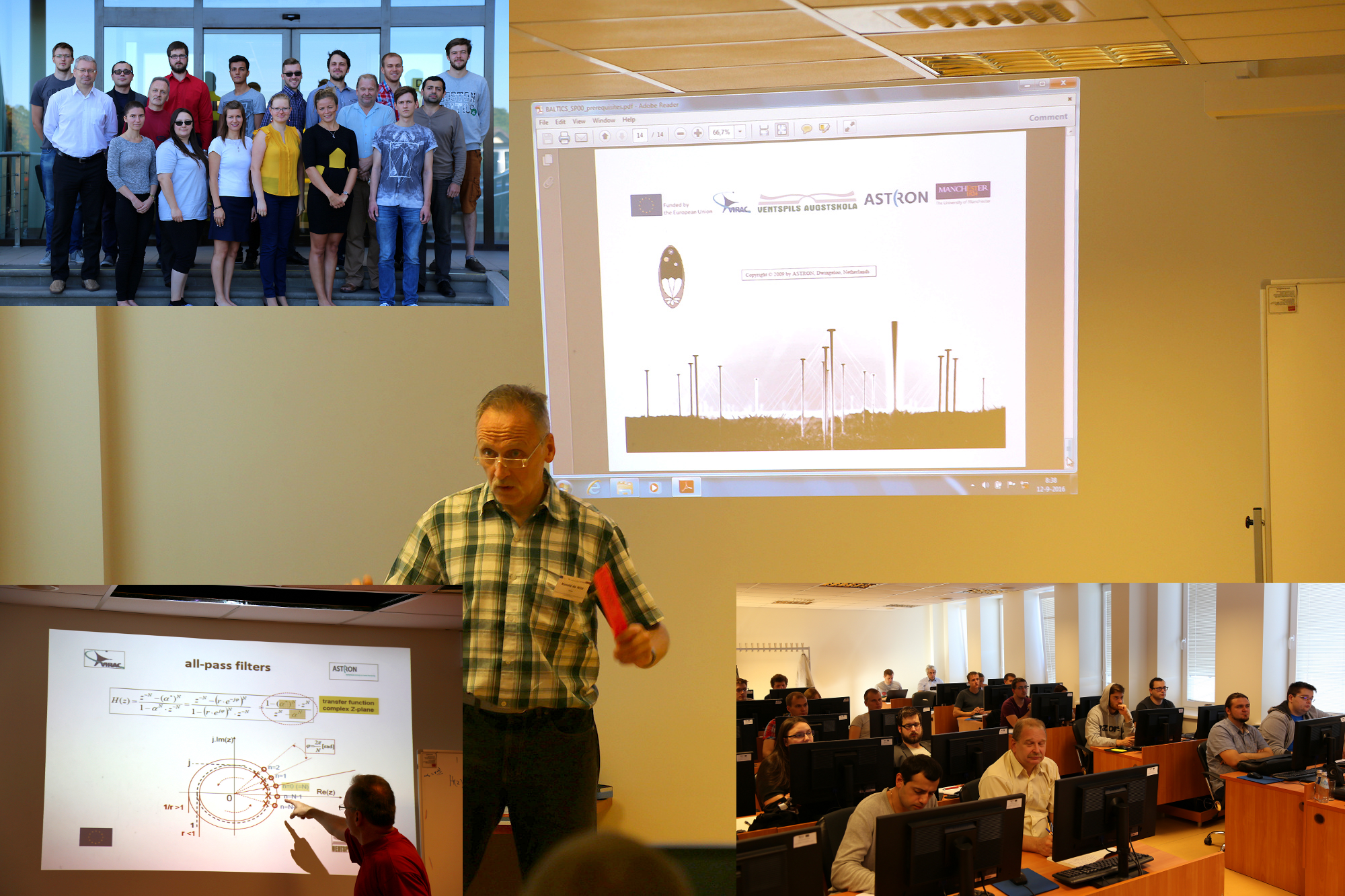 © ASTRON
© ASTRON © --
© -- © Erik Tiddens (CAMRAS)
© Erik Tiddens (CAMRAS) © B4S@ASTRON
© B4S@ASTRON © Tammo Jan Dijkema, RTV Drenthe, Tied Zat
© Tammo Jan Dijkema, RTV Drenthe, Tied Zat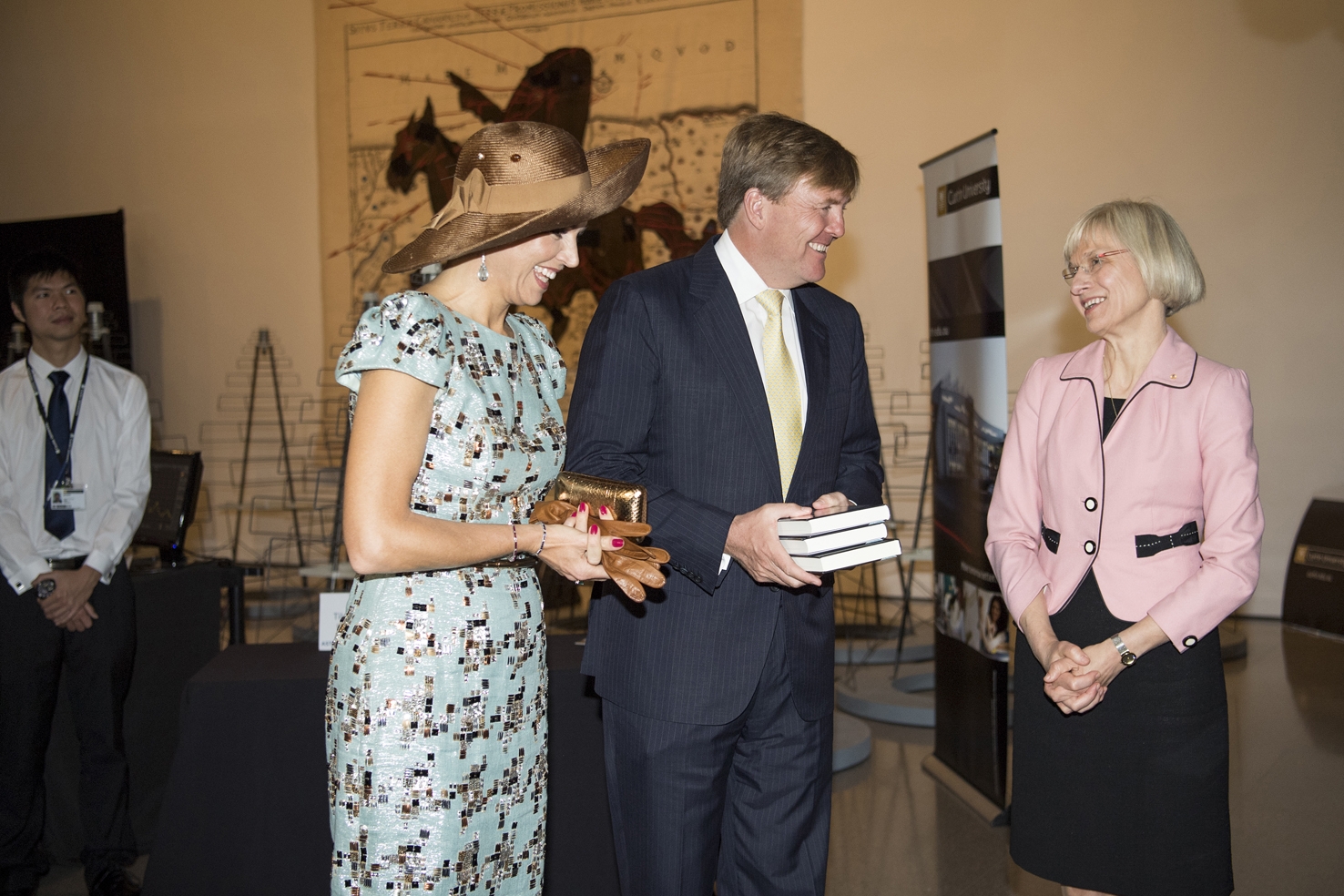 © Curtin University
© Curtin University © ASTRON
© ASTRON © RUG
© RUG © ASTRON
© ASTRON © Steven Engelen
© Steven Engelen © Centre for Space Research, Faculty of Natural Sciences, North-West University, South Africa
© Centre for Space Research, Faculty of Natural Sciences, North-West University, South Africa






